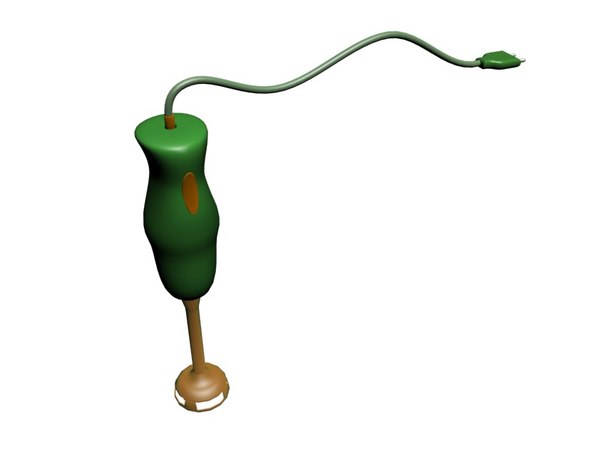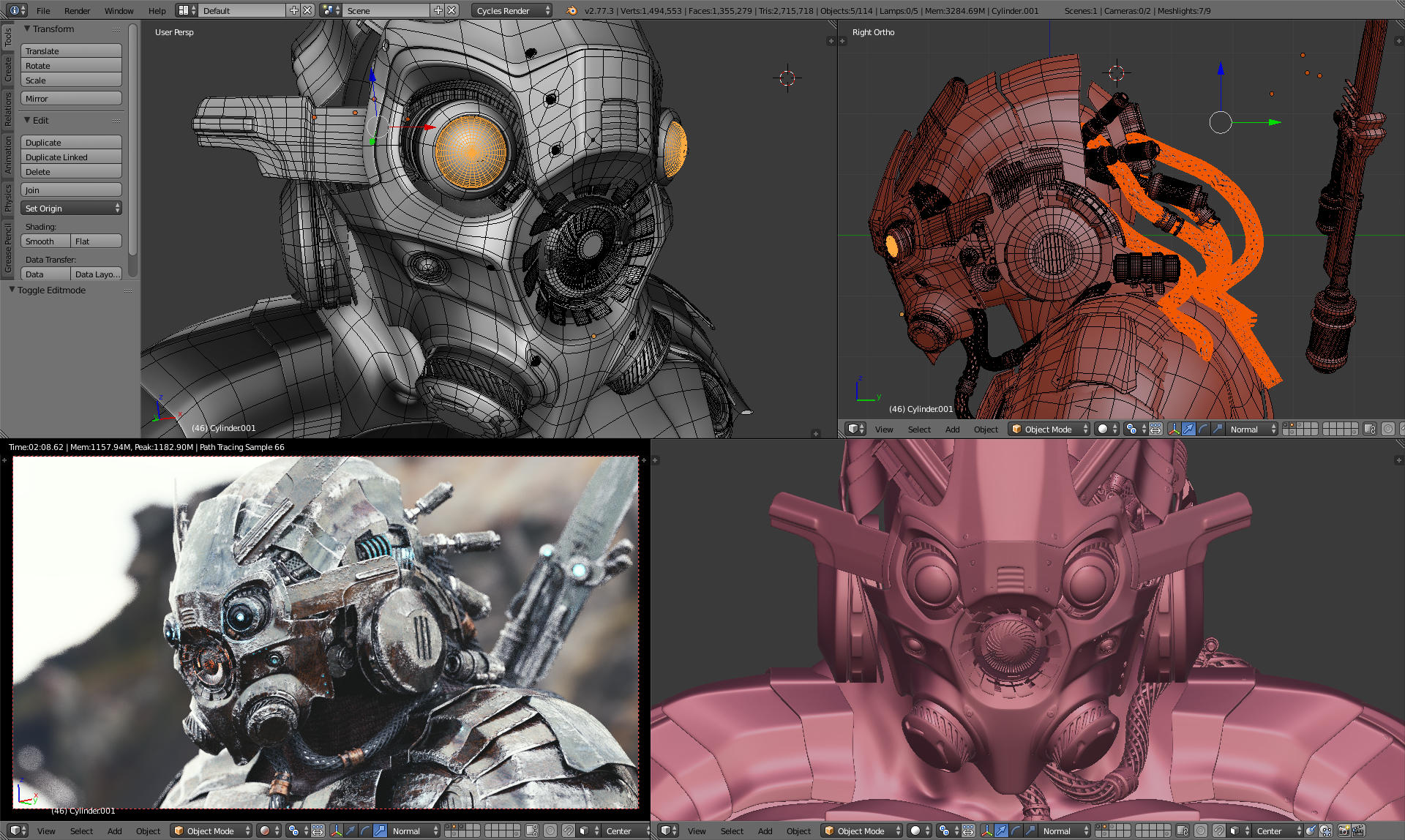


Work on irradiance baking within Eevee has not yet begun in earnest, and two other new features mentioned in the January blog post, screen-space global illumination and panoramic cameras, are not listed. The migration – which is due for completion “in 2023” – would make Blender one of a relatively small number of DCC tools to have adopted Vulkan, along with game engines Godot and Open 3D Engine.Ī broader update to Eevee, codenamed Eevee Next, is also still in progress, with support for subsurface scattering and improved volumetric rendering currently in active development. Projects still in active development include the transition from the ageing OpenGL graphics API to Vulkan, its successor, for the display of Blender’s UI and viewports, and the Eevee real-time renderer. Still in active development: migration to Vulkan, and Eevee Next The release will also feature an overhaul of Blender’s UV packing system that lets users choose the packing shapes used, and “dramatically improv performance on large meshes”.Īn overhaul of Blender’s Cycles renderer to support light linking and a refactor of the sculpting toolset’s dynamic topology system are both now available in experimental branches of Blender 3.6. Those set for release in Blender 3.6 include Simulation Nodes, the extension of Blender’s Geometry Nodes system to support particles – and later, other types of simulation – which has just reached daily builds. Of that list, one project has already been checked off, with the new real-time Viewport Compositor getting its initial implementation in Blender 3.5. New features released in Blender 3.5, or already confirmed for 3.6 It covered the big-ticket features targeted for release in a stable build of the software this year: either Blender 3.5, which was released in March, Blender 3.6, now in alpha, or Blender 4.0, due in November. The new blog post is an update to the list of ‘ Projects to Look Forward to in 2023‘ released in January. The big ticket features for Blender in 2023 However, the Brush Assets system, intended to create shareable presets for Blender’s painting and sculpting brushes, is now delayed, and the wider overhaul of Blender’s texturing system is even further off. Those still due before the end of the year – which would mean that changes roll out in Blender 4.0 – include the transition to Vulkan for viewport rendering, and the ‘Eevee Next’ overhaul of Blender’s real-time renderer. Projects due for release in Blender 3.6 next month include the new node-based simulation framework, with light linking in Cycles and an overhaul of dynamic topology also available in experimental branches.

The Blender Institute has updated its list of key development targets for Blender this year, forming a 2023 roadmap for the open-source 3D software.


 0 kommentar(er)
0 kommentar(er)
